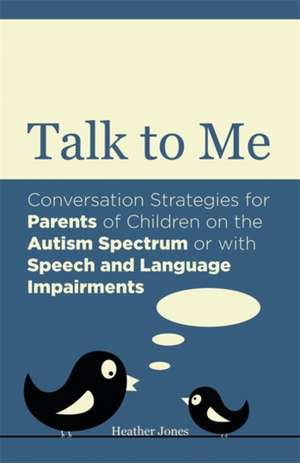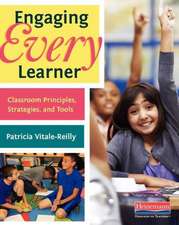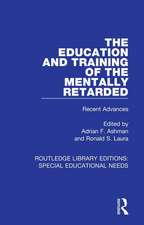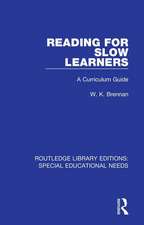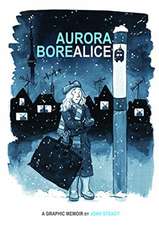Talk to Me
Autor Heather Jonesen Limba Engleză Paperback – 20 feb 2014
Preț: 105.89 lei
Preț vechi: 129.00 lei
-18% Nou
Puncte Express: 159
Preț estimativ în valută:
20.26€ • 22.00$ • 17.02£
20.26€ • 22.00$ • 17.02£
Carte disponibilă
Livrare economică 01-15 aprilie
Preluare comenzi: 021 569.72.76
Specificații
ISBN-13: 9781849054287
ISBN-10: 1849054282
Pagini: 167
Ilustrații: 10 black and white
Dimensiuni: 173 x 219 x 10 mm
Greutate: 0.2 kg
Editura: Jessica Kingsley Publishers Ltd
ISBN-10: 1849054282
Pagini: 167
Ilustrații: 10 black and white
Dimensiuni: 173 x 219 x 10 mm
Greutate: 0.2 kg
Editura: Jessica Kingsley Publishers Ltd
Notă biografică
Heather Jones's son, Jamie, has Asperger Syndrome and severe speech and language impairments. When Jamie was 10, Heather stumbled across a way of getting through to him. Over the years she developed this methodology in more detail, calling it conversational therapy, and has never looked back. Jamie is now 19 and can hold a conversation, which has enabled him to go on to achieve much more, including passing his driving test and getting a job. Heather is the Director of Milkwood Educational, which publishes ESL textbooks in the Far East. She lives in Queensland, Australia.
Cuprins
Preface. Part I. Working on Conversation. 1. Increasing Vocabulary is Not Enough! 2. How to Get Your Child Talking. 3. Demanding a Conversation from Your Child. 4. It's Never Too Late to Start Encouraging Conversation. 5. Talking about a Diagnosis. 6. Finding a Reward System that Your Child Can Verbalise. 7. Using a Diary as a Conversation Catalyst. 8. Teaching Your Child to Ask 'Wh' Questions. 9. Teaching Turn-Taking in Conversation. 10. Teaching Your Child to Be an Active Listener. 11. Being an Active Listener for Your Child. 12. Teaching the Importance of Staying on Topic (without Over-Indulging in Special Interests). 13. What is Phatic Communication and Why is it Important? 14. Encouraging the Use of Names. 15. How to Help Family and Friends Have Conversations with Your Child. 16. Talking about Body Language and Emotions with Your Child. 17. Understanding the Importance of Pauses and Silence. 18. Making the Most of Stories and Story-Telling. 19. Using Mind-Maps to Improve Conversation. 20. Coping with Idioms and Incorrect English. 21. Teaching Your Child to Verbalise Distress (and Avoid Meltdown). 22. Conversation Starters in the Supermarket. 23. Conversation Starters on Car Journeys. 24. Conversation Starters and Special Interests. 25. Encouraging Conversation with Games and Puzzles. Part II: Developing Social Skills, Life Skills and Independence. 26. Making Friends. 27. Dealing with Authority Figures. 28. Birthday Parties and Youth Groups. 29. Planning for Practical Life Skills. 30. Using Mind-Maps to Develop Abstract Life Skills. 31. Organising Daily Life and Establishing a Routine. 32. Giving Your Child Responsibility for Daily Tasks. 33. Preparing Your Child to Organise His Life. 34. What Your Child Can Learn from Caring for a Pet. 35. Preparing Your Child for Cooking. 36. Preparing Your Child to Manage Money. 37. Noticing the Absence of Meltdowns and Encouraging Resilience. 38. Preparing Your Child for Job Interviews. 39. Preparing Your Child for Driving. 40. Preparing for the First Day at Work. Afterword. Where Are We Now? Appendix 1. Charting Your Child's Progress.
